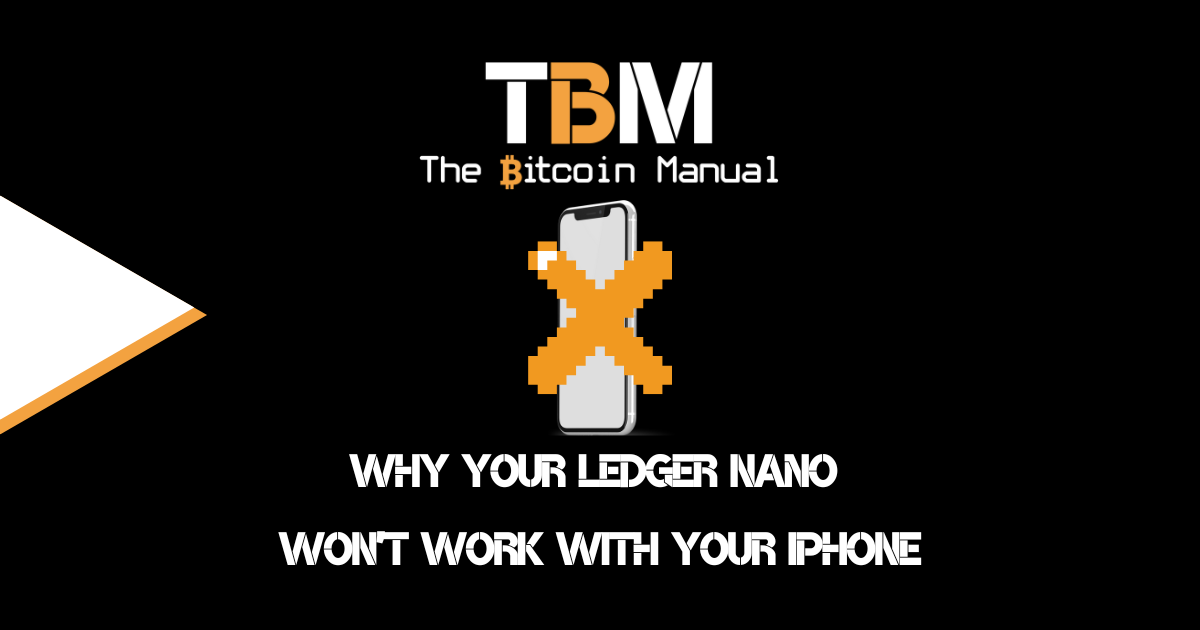When you run a Bitcoin Lightning node, you have the advantage of being able to route payments through this network at a far cheaper rate than you would on-chain, but to do so, you’re dealing with an entirely different environment. Lightning lives on top of the Bitcoin blockchain, but it has its own set of rules, limitations, guidelines and incentive structures.
On the base chain, you’re subject to mining fees that are paid with your transaction to encourage miners to add it to the next block; in Lightning, you’re paying routing fees to other nodes helping move your payment around. As miners pick up a block reward that includes transaction fees, Lighting node runners receive compensation for supplying liquidity to bridge the most efficient route for your payment.
While miners are mainly looking to add the most profitable transactions to their block based on those available in the mempool, Lightning nodes are looking to encourage the use of their liquidity through the fee market.
Lightning nodes are competing with other nodes that can offer similar routing, and one way to encourage the network to use their node as a hop-between is to set a competitive fee structure. The process for routing nodes making the most money off transactions is not always by charging a higher or lower fee but by ensuring constant traffic flows through their channels.
What are the fees on the Lightning Network?
Fees are applied on a per-peer and per-channel basis, so you could have different channels charging you different fees to route through them, and it is a mechanism node operators can use to decide if they want to pair up with a node or remain paired since node operators can change their fee structure and broadcast it to the network.
These fees apply to the outgoing channel capital when making a payment. Still, they are only charged in case of a successful payment because every node in the path can only redeem the fees if the receiver sends confirmation that the payment reached its intended destination.
This ensures that Lightning nodes are constantly focusing on providing the best network connections in order to get paid and prune any dead channels from their node.
In the Lightning Network, two types of fees can be charged to route a payment, namely:
- Base fee: a flat fee charged for payment routed;
- Proportional fee: a fee that is a percentage of the amount being routed;
In the current Lightning Network, these fees can only be zero or positive. While most nodes try to set the most competitive positive figure to generate a return on capital, there are a few nodes that actually advertise the fact that they provide zero-fee routing. These zero-fee nodes use this method to open channels up to them, drive traffic to their node, and bootstrap the network.
What are negative fees?
When a payment is routed through a payment channel, it moves the liquidity from the sender’s side to the receiver’s side. If lots of payments are routed through the same channel in the same direction, outbound liquidity will be depleted, and no further payments can be routed.
Nodes that have traffic flowing constantly in one direction often opt for a circular rebalancing, which involves making a payment to that channel to push liquidity from one of its channels to another.
While circular rebalancing does solve the problem, it has its drawbacks.
- Fees can be expensive
- Your other channels are also unbalanced
- Bringing capital on-chain takes time and is expensive
Since liquidity is only flowing one way, the proposal of negative fees would allow fees to flow in the opposite direction. If instead of charging a user to forward a payment, you pay the user and send that additional funds on with the payment. Those fee payments can rebalance your Lightning channel if enough users wish to take advantage of the situation.
Negative fees are yet to be a feature of the Lighting Network, but one of many proposals to help address channel management, the other being rate cards.
Why would you want to charge negative fees?
The Lightning Network works on an abacus system, and when funds flow to one side, you need to try and find a way to tip the scale back in favour of the other side or manually rebalance the channel.
If you’re stuck with a channel that cannot route any more payments, you’re losing out on potential routing revenue, which is why managing public Lighting channels requires constant monitoring.
Rebalancing my channels
Negative fees allow a node to add a fee to forward a payment instead of charging one. This feature could be used to offset channels that have been depleted on one side, allowing payments to flow in the opposite direction or rather encouraging payments to flow one way naturally until the channel has an optimal capacity to receive fees again.
Circular rebalancing
Negative fees could create an economic incentive for the network to rebalance naturally, as people would prefer to use routes that offer “discounts” and rebalance the payment channels as the payment gets routed instead of having to pay to use a route.
If a node feels it’s cheaper to offer negative fees rather than a manual rebalancing, people routing through them get paid to route for a period until they update their fees. In a world where satoshis become more valuable, who is not going to take on that deal?
It could even see the rise of network scalpers who profit by making payments to themselves by using routes with negative fees. While they might act like vultures, they are doing the network a service overall in keeping channels as efficient as possible and netting a fee for that service.
Offsetting another node
If a node has a certain channel that is starting to trend towards unbalancing, they could agree to discount fees to negative for their channel partner and receive the fees back or a portion of the fees back, helping offset constant rebalancing costs.
This can be helpful for nodes that are managed by exchanges or if you’re managing multiple nodes internally since you’re recycling funds between yourself in the most efficient way possible without having to do too much manual rebalancing that could cost you in on-chain fees or purchasing of liquidity.
The negative of negative fees
In Bitcoin, there are no solutions; only trade-offs and negative fees are no different; while it does present some interesting use cases, it also brings with it added strain on the network and a way to lose funds.
Consumption of bandwidth on the network.
Channels become unbalanced fairly often, and depending on the size and nature of your channel, you might need to update fees a lot. If more nodes were to use a negative fee balancing technique, we can expect an increase in the volume of gossip, as nodes would constantly be changing their fees as liquidity gets consumed and rebalanced.
Negative fees can lead to costly mistakes.
If you use a negative fee model, but you’re unable to change fees or forget to update the fee policy, it could see you lose money rather than only helping rebalance your channel. Once the channel is depleted on the other side, payments would fail, and you would have to rebalance again, which leaves you with the same problem, and you might be out of pocket a few more satoshis than you would have wanted.
Negative fees would require constant monitoring to keep it within reason and range of your channel equilibrium.
Do your own research.
If you want to learn more about the negative on Lightning, use this article as a jumping-off point and don’t trust what we say as the final say. Take the time to research, check out their official resources below or review other articles and videos tackling the topic.
Are you a Bitcoin and Lightning fan?
Have you been using Lightning to make micro-payments? Stream sats or engage with apps? Which app is your favourite? Do you run a Lightning node? Have you tried all the forms of Lightning payments? Which one do you prefer?
Let us know in the comments down below.




